Top Four Tools to Explore Science & Tech!
Hey Ontario Teachers - have you had time to check out the new Science and Tech curriculum 2022? I 😍 so much about this dynamic doc! Butttt - what’s out there to support “curiosity and wonder” and STEM? Well - let me put your mind at ease! We got you!!
If you haven’t heard, I’m the FCL lover of all things M and one of my favourite m’s is the micro:bit (m:b). This simple hand held microcomputer can be coded to do so much that tics boxes in the STEM over-arching strand and for many other expectations as well! Check out my blog coding a thermometer and climate change. Looking to explore sound? How about a sound meter activity. I absolutely love Clap Lights as a starter for lots of engineering design thinking around energy usage!
The m:b is mighty on its own but level it up with peripherals like the enviro:bit, the air quality kit or maybe our coding change kit and your possibilities for wonder and curiosity grow even more.
Maybe you’re looking for more support - like in the form of a course where you choose where and when to participate. FCLearn offers courses about Computational Thinking, coding with the microbit, m:b and the SDGs – chocoblock full of projects for you and your students to hang your STEM learning on! Access to FC Learn is free, jump over and check it out here: FC Learn
Have you met MakeyMakey ?? A great tool to explore electricity and circuits but sooo much more than that. Tag your MakeyMakey with Scratch and you’ve got a wonderful tool to share student thinking and understanding. Help your students MakeyMakey their own interactive posters. The example explores poetry (did I mention cross curricular connections? coding & language arts??) but your students could make interactive posters about climate action, characteristics of living things, light and sound - anything really!!
The new Science and Technology curriculum has been written with input from a diverse community – allowing for both teachers and students to see themselves and their current understandings within it. Indigenous ways of knowing shine through in every strand and grade. No matter how you slice it, it’s hoped that this curriculum will be a launch pad for all students to not only see themselves as scientists but to be inspired to follow their interests.
You can check out more of thoughts here:
Soooooo – what do you think? Where will your sci and tech travels take you? Just know – we have you!
About the Author:
Barb Seaton is brought to you by the letter M - Math, Micro:bit, Makey Makey and Minecraft! A professional learning associate with Fair Chance Learning, previous educator and Provincial Mathematics Professional Learning Facilitator, Barb offers a wealth of knowledge and expertise in integrating new technology with math curriculum. Barb works with District School Boards across Canada delivering professional learning on computational thinking, coding and integrating programmable devices. Catch Barb on twitter @barb_seaton





